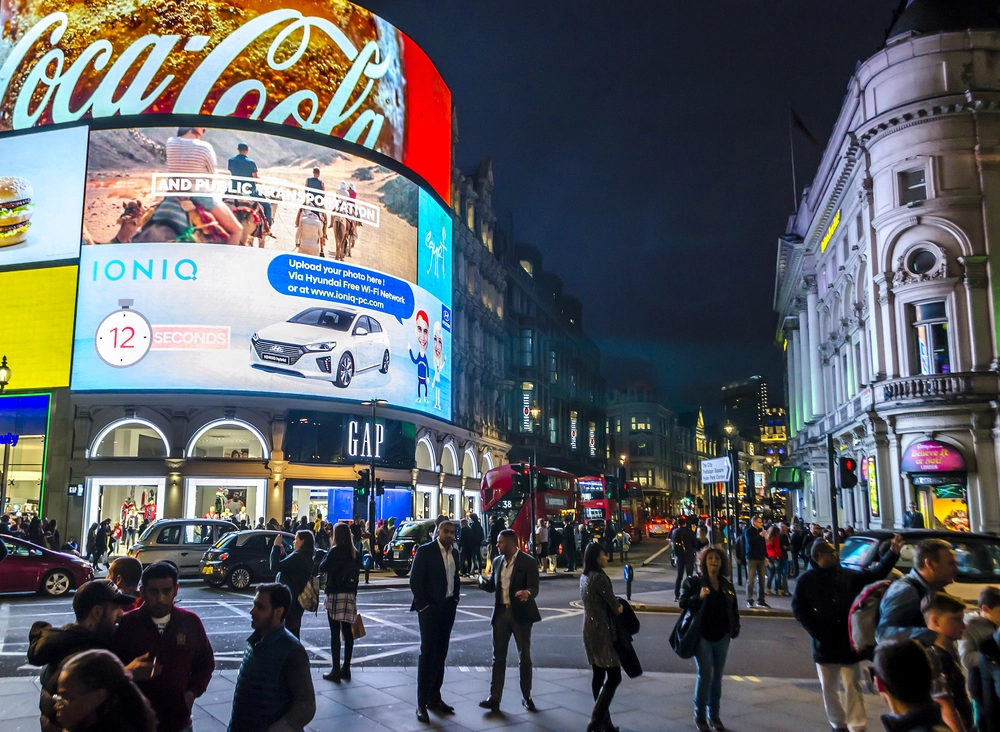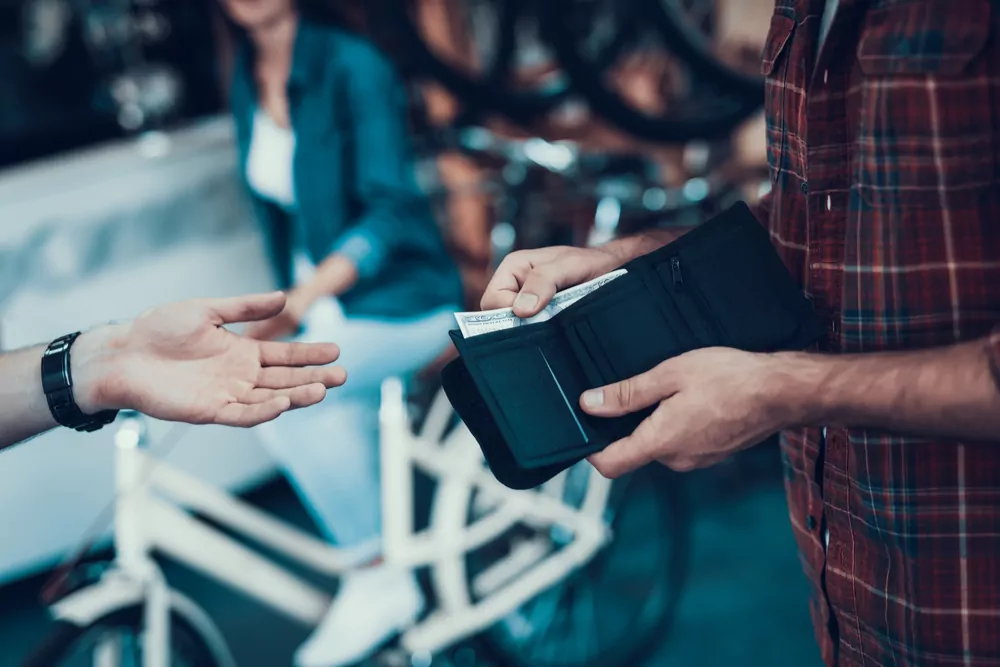
Protect your IP, and brand your next collaboration a success


Collaborations are powerful. By combining the specialism of two brands, they can create fresh and unique products, opening doors to new markets and relevant audiences.
Half (49%) of brands surveyed who deemed marketing collaborations successful stated that ‘increased market share’ was a core success marker. Collaborations are an increasingly popular marketing method, in a constantly evolving marketing environment.
However, working with another brand can put your intellectual property at risk.
Intellectual Property (IP) rights are a powerful part of any brand’s commercial assets and ensuring that they are properly protected is crucial when it comes to assessing and agreeing the terms for partnering with another brand.
Putting in place an appropriate contract from the get-go can protect the IP created via partnerships, as well as the brands’ existing, valuable assets.
Managing Associate, Hannah Batten, shares an overview of IP, what it means for brands as part of their collaboration/ partnering agreements and how best to protect what is existing and new.
What is intellectual property (IP)?
Intellectual property refers to the plethora of assets which brands and individuals generate ‘from the mind’. Such a broad definition may mean it feels challenging to understand which specific assets sit underneath this. But the IP at the heart of any brand has great value. IP assets relating to branding include brand and product names, logos, straplines and slogans and occasionally even colours - all of which can be registered as trade marks. Crucially, even if unregistered, the brand will form part of a business' IP rights. Original designs, images and text (such as website, social media or marketing copy) are also forms of IP.
The IP fundamental to a collaboration agreement
There are no IP laws specific to collaborations. The contract itself must cover what’s needed to effectively promote and protect associated IP.
It will be crucial to protect your brand during any partnership. This applies whether you are using registered or unregistered trade marks.
Whether you are working together to create a new product, design or even an entirely new hybrid brand, identifying and protecting what IP already exists, and could exist, is vital to a healthy partnership.
Brand usage
The contract is fundamental to establishing appropriate controls over brand usage. When collaborating with another brand, you are essentially handing over some control of your central identity, which is highly valuable. By embedding the terms of your brand’s use into the contract, there will be a requirement to comply with these, and this reduces the need for conversations that could slow down partnership progress – or worse, use of your brand in a damaging way. These terms can include obligatory compliance with brand guidelines, maintaining the right to sign off content and creative and also terms to put stops in place should branding be used inappropriately.
This protects against a worst case scenario of brand damage. And it prevents a brand’s dilution, whether that’s using the logo inappropriately, or an off-key tone of voice.
Reputation by association
When collaborating with another brand, reputations become linked. It’s not just the direct use of one another’s IP that needs to be considered.
Teams need to be risk aware and do their homework ahead of embarking on a brand partnership. Picking your partner well is our first recommendation when it comes to building successful partnerships, in our Harnessing the power of brand collaborations report.
If there is a PR related disaster, one brand’s tarnish could rub off on another, whether or not they were jointly implicated. There have been many high-profile cases of this, but none perhaps as visual and emotive as with Lego. To protest Shell’s drilling in the Arctic, Greenpeace released a video of an idyllic Arctic Lego world being drowned by crude oil. Lego ended their decades-long partnership with Shell, but the image of little Lego families at the mercy of crude oil is hard to forget.
Quality product
Where a collaboration involves creating a new product, both parties will be working toward a novel, quality product that everyone can be proud of. But what constitutes quality can vary from brand to brand, particularly if partners work in different market sectors. Such a mismatch has the potential for huge reputational and financial detriment.
Take the Tiffany & Co. and Swatch collaboration for example. What began positively quickly began to break down when Swatch produced a product that did not meet Tiffany & Co.’s expectations. Consequently, Tiffany & Co.’s marketing of the product was minimal, and the case ended up going to court. Tiffany & Co. were ordered to pay $450 million dollars in damages to Swatch.
Whilst an extreme case, this example demonstrates just how easily objectives can misalign and a positive working relationship can break down. Integrating product sign-off and determining the criteria for quality (and specifying this in the contract) can help prevent such monumental financial and reputational disasters from occurring.
Marketing collateral
While any collaborative product itself is of central focus, don’t forget that marketing materials including new logos, images and copy are IP too. Partners should consider any influencers or celebrity endorsements, whether these are human or a product of the metaverse. As with brand usage, ensure appropriate controls for both parties are agreed upon as part of the contract, including suitable approval rights, and what happens to these materials come the end of the partnership.
The legacy of the partnership
Whilst it may feel like it makes sense to continue using the new IP created in the partnership after it has ended, often, this isn’t actually the case. The draw of a collaboration is that it is novel, exciting and limited. It’s what adds to the value of two brands coming together. Discuss at the outset what will happen to all newly created assets at the end of the partnership. This should include how they will (or perhaps more appropriately, won’t) be used in the future and by whom.
Emergency exit routes
No-one likes to think of the worst-case scenario but for those who don’t, if things turn out less than favourably, the price to pay can be high.
Building in the right to terminate the collaboration if your brand or reputation is or may be damaged is important, even if it hopefully won’t be necessary to use it. It can be difficult to end a contract if the grounds for termination are vague, with the line between ‘potential’ and ‘actual’ damage being unclear. Determining a clear point where the ‘less than ideal’ becomes a deal-breaker is vital to avoid conflict. As a brand owner, you would want the right to determine when this point has been reached.
What can be easily missed?
Anything can be forgotten.
If you rush into any partnership, the risk is greater. It is far easier to organically wrap these protections into commercial negotiations and the drafting of the contract itself. You don’t want to have testing legal discussions once the partnership is in play. Get legal involved at the get-go.
Protect IP for a smooth partnership
Steps you can take to form a collaborative relationship that is positive and profitable.
- Involve legal early - Rushing leaves the door open to risk. Get in touch to see how we can support you.
- Do your due diligence - Make sure you’re working with a brand with shared goals and values. It will reduce the risk of reputational damage.
- Build in the right to terminate - If you suffer reputational damage, make sure you can exit the collaboration without suffering further legal action for wrongful termination.
- Think about the worst-case scenarios - Setting the parameters for dealing with these, and what is and isn’t acceptable, will be crucial for smoother working.
- Protect both existing IP and any new IP that will be created - Respective brands and the products created are the biggest elements, but remember to consider the marketing collateral, down to the copy and content.
Collaborations can give your brand the boost it needs
Our latest research into brand collaborations lays bare the risks and benefits of these sorts of partnerships, taking expert opinion and experience from over 80 influential brands surveyed.
Read the report and our recommendations for collaborating successfully.












